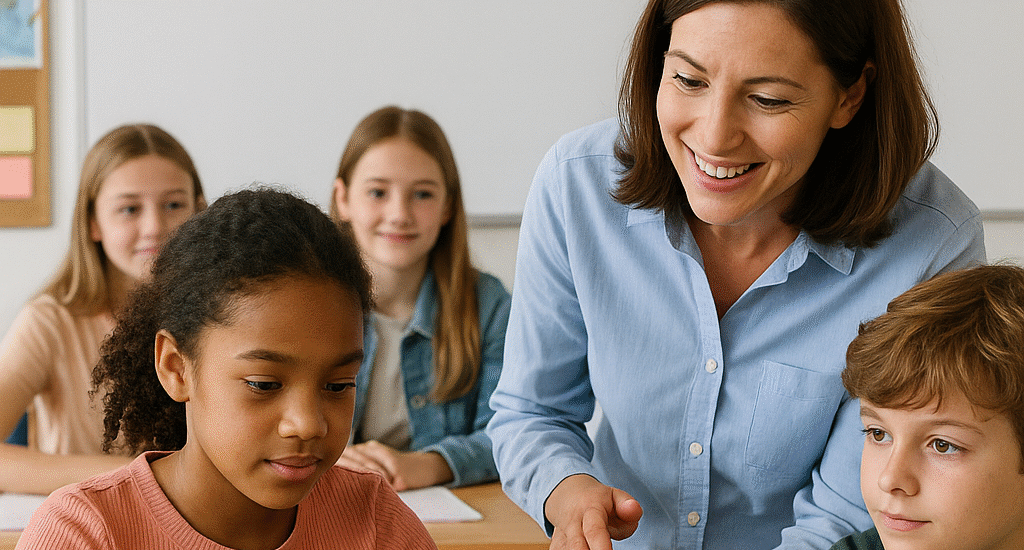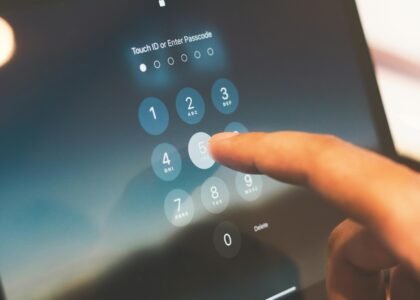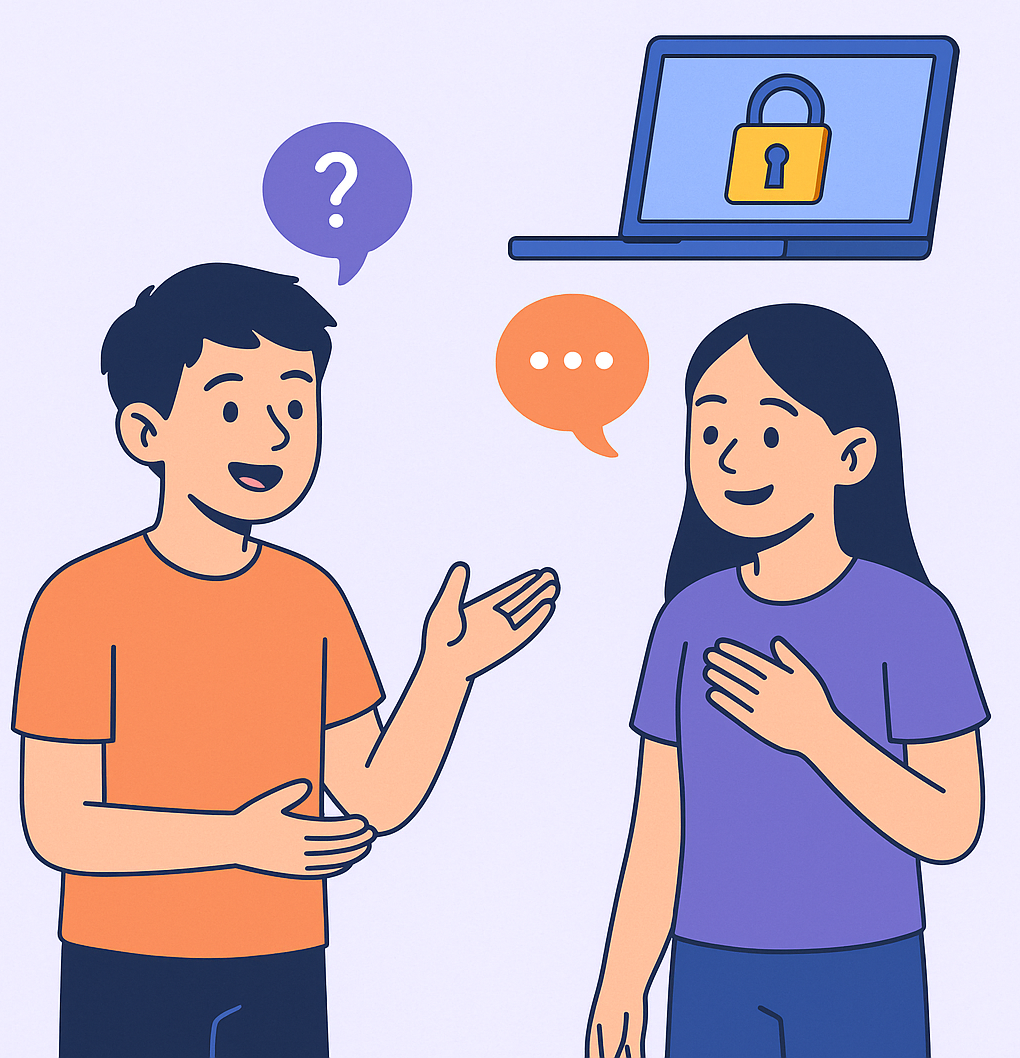As technology becomes increasingly integrated into education, it is important for teachers to help students develop good screen habits during the school day. By promoting responsible and mindful use of screens, teachers can create a positive learning environment that fosters healthy digital habits. Here are the top three ways teachers can implement this at school:
1. Set Clear Expectations
Teachers should establish clear guidelines and expectations regarding screen use in the classroom. This includes specifying when and how screens should be used, as well as any limitations or restrictions. By setting these expectations from the beginning, students will understand the appropriate and responsible ways to engage with technology during class time.
2. Model Good Behavior
Teachers play a crucial role in influencing students’ behavior. By modeling good screen habits themselves, teachers can demonstrate the importance of responsible technology use. This includes minimizing personal screen time during class, using screens purposefully and intentionally, and practicing good digital etiquette. Students are more likely to follow the example set by their teachers, so it is essential for educators to be mindful of their own screen habits.
3. Incorporate Screen-Free Activities
While screens can be valuable tools for learning, it is also important to provide students with opportunities for screen-free activities. Teachers can incorporate hands-on projects, group discussions, and physical exercises that do not require the use of screens. This helps to balance screen time with other forms of learning and encourages students to develop a well-rounded set of skills.
By implementing these strategies, teachers can effectively influence good screen habits during the school day. By setting clear expectations, modeling good behavior, and incorporating screen-free activities, educators can create a balanced and responsible approach to technology use in the classroom.






